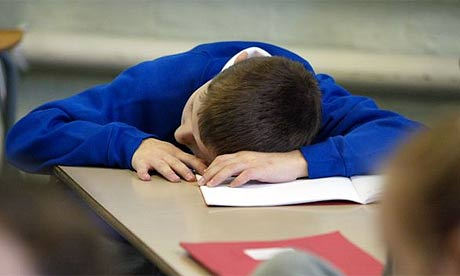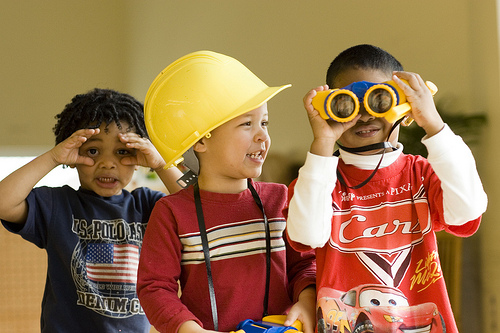Speech concerns come in all shapes and sizes. Omitting initial and some final consonants is considered completely normal for children 12-17 months. This can be alarming if your child never seems to finish a word, and you may be looking to get some outside help, like speech therapy. Here are some skills to look for if your child is around this age.
Other speech things to look for:
-babbles with intricate inflection (talks like you without the actual English) 12-18 months
-uses single word sentences (12-14 months)
-vocalizes or gestures to indicate needs (12-19 months)
-Says ‘hi’ ‘bye’ ‘no’ (12-15 months)
-Names one or two familiar objects (13-18 months)
-Uses voice in conjunction with gestures (14-20 months)
-Uses 10-15 words spontaneously (15-17.5 months)
-Uses 15-25 words (17.5-20.5 months)
-Echos prominent or last word spoken (17-19 months)
-Jabbers tunefully at play (17-19 months)
-Uses own name to refer to self (18-24 months)
Some suggested activities to help with speech concerns of omitting final and some initial sounds are:
- Don’t be too concerned or the child might pick-up on your nerves and not try
- Use infliction and context to figure out new words
- Avoid correcting instead be a good role model “not you say baLL” but “Yes, that’s a baLL”
- Get down on child’s eye level so they can see your mouth express the word
- Avoid baby talk, although baby friendly talk is fine (as in not changing words to baby speech but more familiar words is fine)
Hopefully this eases your fears!



